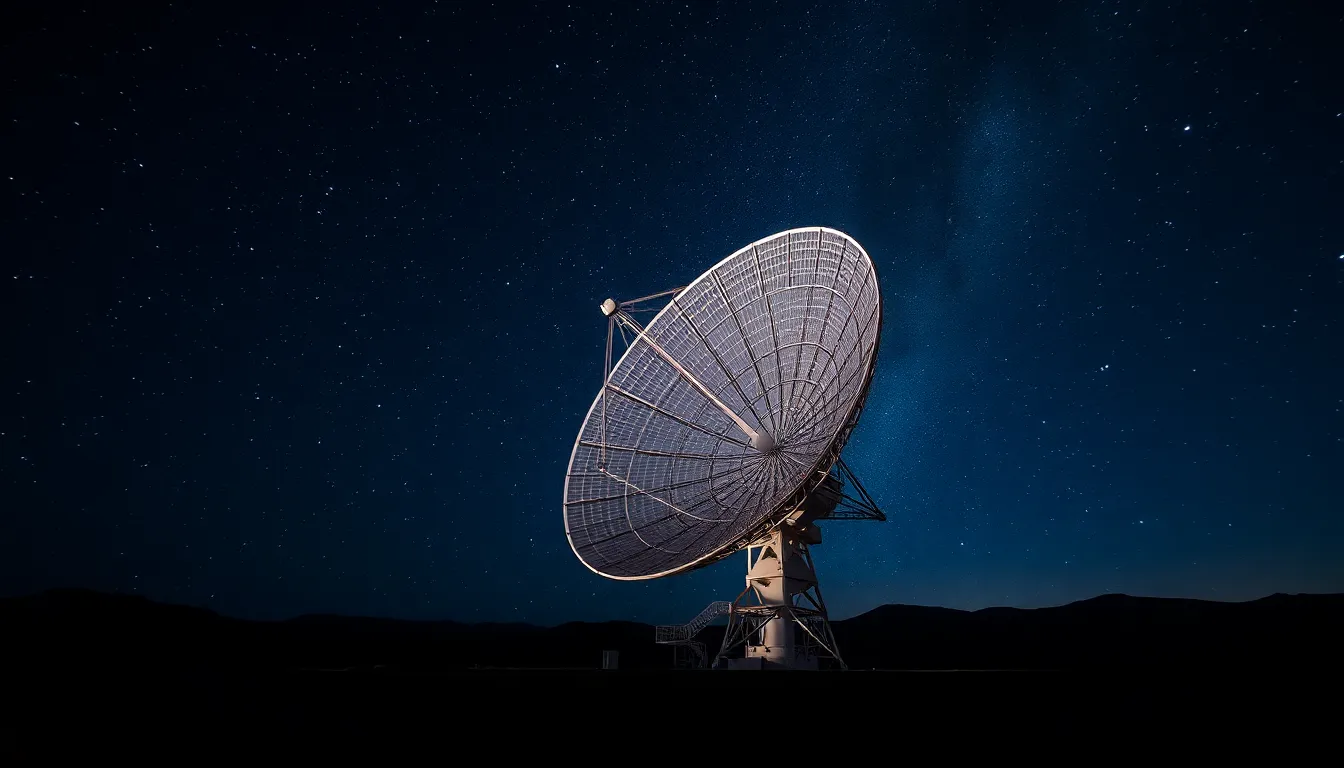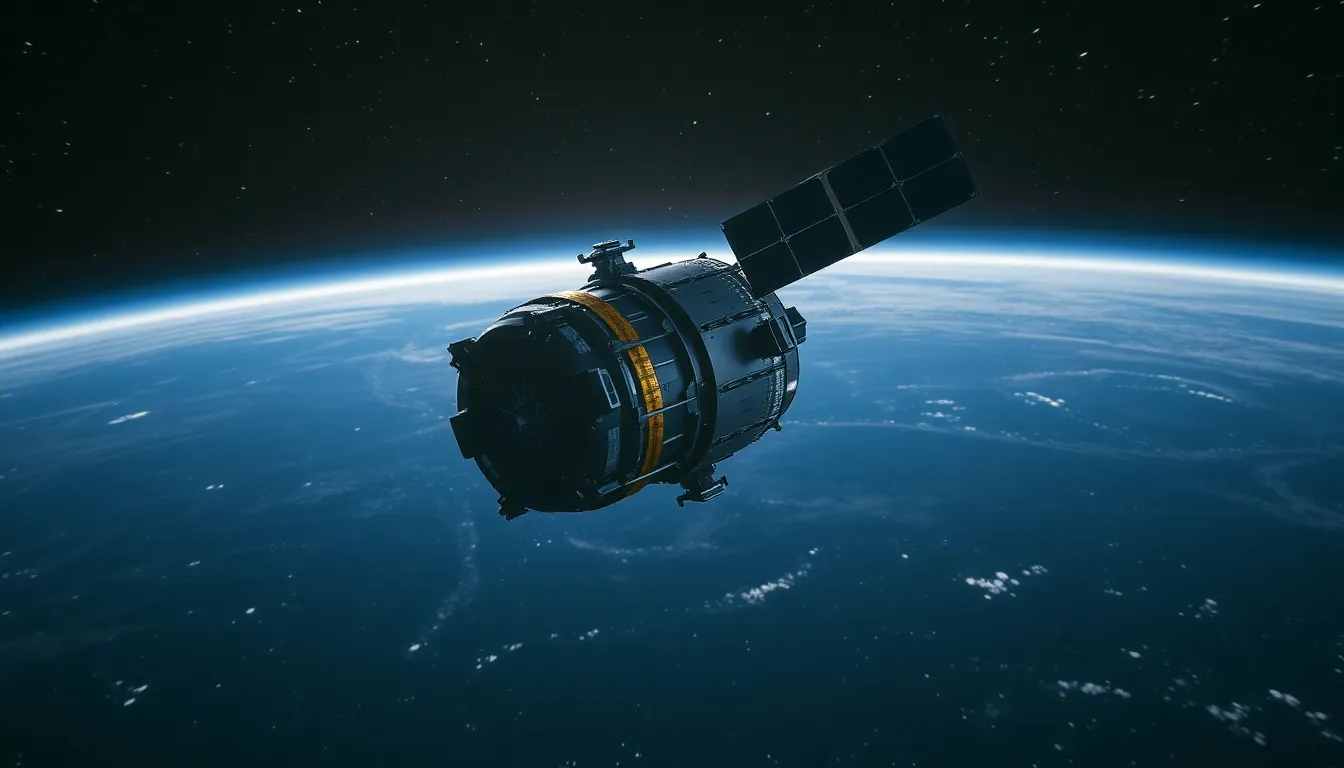🌌 the Great Alien Search: Exploring the Cosmos
Welcome, junior astronomers! Ever wondered if we’re alone in the universe? Let’s blast off on a cosmic adventure to learn how scientists look for aliens and what the stars can teach us.
Introduction
The night sky is a gigantic puzzle made of stars, planets, moons, and mysterious clouds of gas. Scientists call the search for extraterrestrial life the SETI (Search for Extraterrestrial Intelligence) project. By studying light, radio waves, and even chemistry, they try to answer the biggest question: Are we alone?
1. How Do We Listen to the Stars?
- Radio Telescopes: Giant “ears” on Earth that catch faint radio signals from space.
- Spectroscopy: A fancy word for breaking light into a rainbow to see what chemicals are present.
Cause and Effect: If a distant planet has a lot of oxygen in its atmosphere (detected by spectroscopy), it might mean plants—or even tiny microbes—are making it, just like Earth’s forests do.
Did you know? The famous “Wow! signal” was a brief, strong radio burst in 1977 that still puzzles scientists.

2. Where Might Aliens Live?
- Exoplanets: Planets that orbit other stars. Over 5,000 have been found!
- Habitable Zone: The “Goldilocks” region around a star where it’s not too hot and not too cold—just right for liquid water.
Example: Kepler‑452b is an exoplanet about 1,400 light‑years away that sits in its star’s habitable zone.
Cause and Effect: A planet too close to its star gets scorched, losing water; too far and water freezes, making life as we know it unlikely.
3. Signals from Space: Real‑world Experiments
Scientists send radio messages toward nearby stars, hoping an alien civilization might hear and reply. One famous message is the Arecibo Message (a binary picture of numbers, DNA, and a human figure).
Mini Experiment – Build a Simple Radio Receiver
Materials:
- A crystal radio kit (or a simple coil of copper wire, a diode, and headphones)
- An old AM radio antenna (or a piece of wire stretched outdoors)
Steps:
- Connect the coil to the diode and headphones.
- Position the antenna toward the sky.
- Tune the radio to a quiet AM frequency and listen.
You won’t hear aliens, but you’ll hear natural radio waves from the Sun and Jupiter—just like professional astronomers do!
4. the Search Gets Smarter: AI and Space Telescopes
Modern telescopes like James Webb capture infrared light, letting us see the “heat signatures” of distant worlds.
Artificial Intelligence (AI) helps sort through massive data, spotting patterns a human might miss.
Cause and Effect: More data + smarter computers = faster discovery of potential alien habitats.
Did you know? In 2023, AI identified a possible “water vapor” signal on a planet 30 light‑years away, sparking excitement worldwide.

Simple Activity – “alien Habitat Diorama”
What you need:
- A shoebox, construction paper, clay, glitter, markers
- Pictures of exoplanets (print from a kid‑friendly astronomy site)
Steps:
- Cut the shoebox to make a “window” showing space.
- Use clay to shape a planet and place it in the box.
- Add glitter for stars and draw the habitable zone around a drawn sun.
- Write a short story about a creature that could live there, using at least three new words you learned (e.g., spectroscopy, exoplanet, habitable).
Display your diorama and share the story with family—explain why that planet might be a good place for life.
Conclusion – Keep Looking Up!
The cosmos is a vast laboratory where every twinkle could hide clues about alien life. By learning how scientists listen, look, and think, you become a junior explorer ready to ask bold questions. Keep watching the night sky, building experiments, and dreaming—who knows, maybe you will discover the next “Wow!” signal. 🌟
Adventure awaits among the stars; the universe is yours to explore!